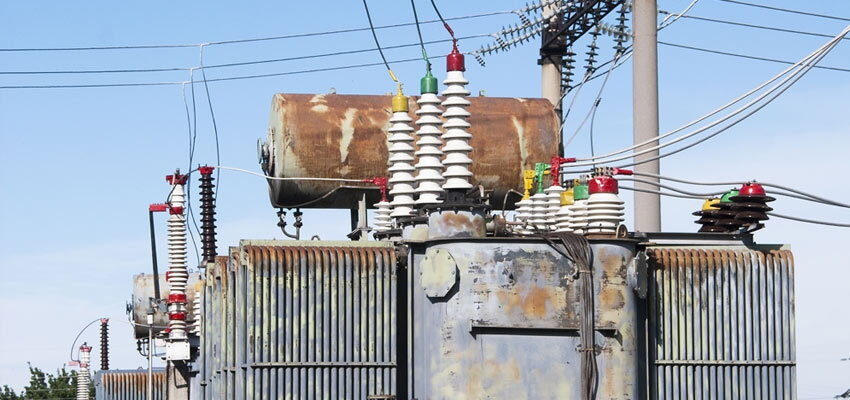EPA to ease restrictions on Augusta Superfund site
USA, Maine: According to the federal Environmental Protection Agency (EPA), the O’Connor Superfund Site on Eastern Avenue, Augusta will be removed from the national priorities list after 30 years of monitoring and millions of dollars spent on cleaning.

cb9c495b17bc28a44ffb50c55572ed63
USA, Maine: According to the federal Environmental Protection Agency (EPA), the O’Connor Superfund Site on Eastern Avenue, Augusta will be removed from the national priorities list after 30 years of monitoring and millions of dollars spent on cleaning.
The Augusta-based utility owned by Central Maine Power Co. (CMP) discarded power transformers, capacitors and other electrical equipment over 30 years. In 1983, the site was designated a Superfund site because the land and groundwater was polluted by high levels of toxic chemicals that drained from the old equipment, reports Kennebec Journal.
Terry Connelly, EPA remedial project manager for the O’Connor site said that removing the site from the list is appropriate because the utility does not have intentions to disturb the soil or develop the site. “There’s been sufficient cleanup so it would no longer merit being on that list.” he said.
Previously some PCB contamination was found in a drainage swale on the neighbouring properties about 15 years ago, and was addressed promptly, according to stories published at the time in the Kennebec Journal.
The federal government and CMP entered into a formal consent agreement in July 1990 which was amended in 2002 and remains in effect. The site will continue to be monitored by CMP or its consultant “to make sure restrictions are being followed.”
The discarded transformers have been removed from the site over the years, along with 30,000 cubic yards of soil contaminated with PCBs. Soil where the PCB contamination was less than 10 parts per million was consolidated in one area and covered with about 24,000 cubic yards of clean fill. Oil was pumped from the groundwater for about four years, and then absorbent material was placed down the wells to soak up remaining material.
Source: Kennebec Journal
#Central Maine Power#CMP#CMP transformers site#Environmental Protection Agency (EPA)#EPA transformers#O’Connor Superfund Site Augusta#O’Connor Superfund Site Maine#power transformers #power transformers




